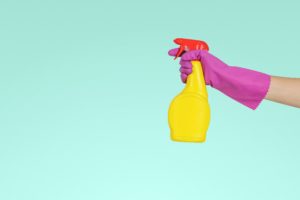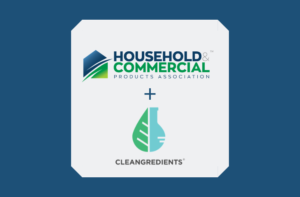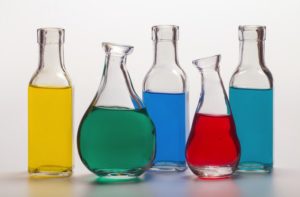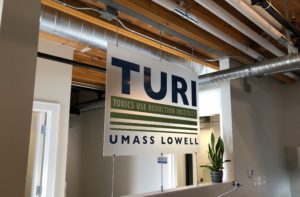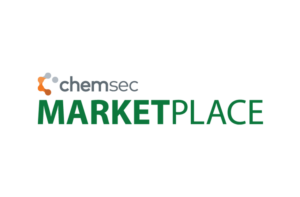For many of us, spring cleaning is an opportunity to give our homes a deep-clean and tackle the grimy spots that don’t make it into our weekly routine. Kitchen cabinets, ovens, the outsides of windows, and the insides of cleaning appliances like dishwashers and washing machines can accumulate dirt and other crud that goes unnoticed for months or even years, so it’s important to take the time each year to make sure they get the attention they need.
But not all of the cleaning products we use are the best for our health, the environment, or the health of others in our homes (like kids and pets). Recent studies have found that conventional cleaning products can harm lung function as much as smoking cigarettes, and volatile organic chemicals in cleaning and other household products now contribute to outdoor air pollution as much as cars. Many cleaning products contain chemicals that can cause asthma, which is especially a concern for products used in schools or around kids since about one in ten kids has asthma and asthma is a leading cause of school absenteeism.
Refusing to clean isn’t a realistic option. Never mind the dirt (and potentially resentful family members or roommates) – household dust itself can contain hazardous chemicals, such as halogenated flame retardants from furniture or electronics and phthalates from vinyl flooring. So what can you do to keep your home sparkling while avoiding exposure to hazardous chemicals? Given the prevalence of greenwashing and the fact that most cleaning products don’t currently disclose all of their ingredients (though that is changing), it can seem daunting to make an informed decision.
Some people choose to make their own cleaning products, which in some cases can be a good (and frugal) option. But proceed with caution – some ingredients in homemade cleaning products can also be hazardous to your health. Borax, a common ingredient in homemade laundry detergent recipes, is associated with reproductive, developmental, and neurological hazards, and some essential oils, often used to provide a natural fragrance, can cause sensitization and allergic reactions and can be harmful to pets. Plus, some combinations of ingredients that are safe and effective cleaners on their own become ineffective when combined. For example, when baking soda and vinegar are mixed, they neutralize each other, reducing cleaning effectiveness, and mixing vinegar with castile soap unsaponifies the soap, resulting in an oily, curdled mess.
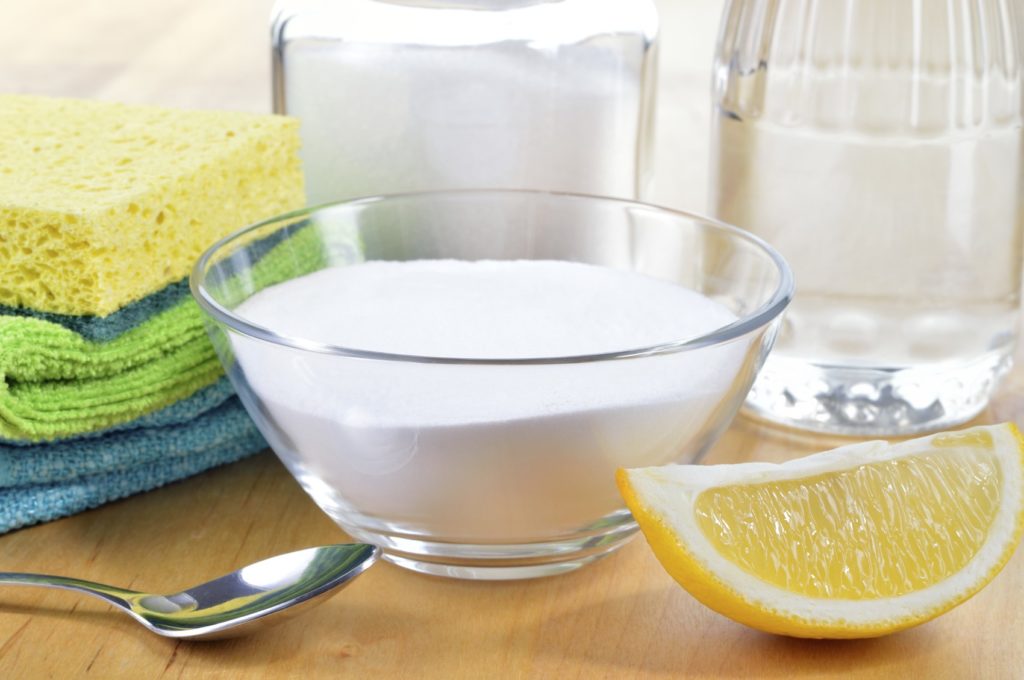
Homemade cleaning product recipes using household ingredients may not always be effective.
If you’d rather leave cleaning product formulation to the experts, but want to ensure that the ingredients are safer for you, your kids, your pets, and the environment, look for products with the EPA Safer Choice label. EPA’s Safer Choice program certifies cleaning products that meet the Safer Choice Standard, and is backed up by EPA’s years of expertise in assessing chemicals and use of predictive models to assess hazards of chemicals that lack toxicity data. To achieve the Safer Choice certification, every intentionally added ingredient in a product, including proprietary mixtures and ingredients present at a very low concentration, must be reviewed by third-party experts to confirm that the ingredients are among the safest-in-class for people and the environment. Even if not intentionally added, known residuals from the manufacturing process present at concentrations above 0.01% must be reviewed, and residuals of concern must be reduced to the lowest feasible levels. The Safer Choice team also looks for negative synergies between ingredients in a product, to avoid reactions that could cause harm, and works with product manufacturers to support continuous improvement and innovation in the development of safer products.

Among other requirements, ingredients used in Safer Choice-certified products can’t include chemicals that are likely to cause cancer, alter genes or affect reproduction, or toxic chemicals that don’t break down in the environment and accumulate in our bodies and the food chain. Generally, no ingredients classified as skin or respiratory sensitizers (which may cause allergic reactions after repeat exposure) may be included. Overall, formulations must meet the volatile organic compound (VOC) content restrictions set by the Ozone Transport Commission and the California Air Resources Board in order to protect indoor and outdoor air quality. For products used outdoors, such as pressure washer concentrates, car washes, or boat washes, Safer Choice applies more stringent aquatic toxicity standards to ensure that products don’t hurt fish or other aquatic life. Plus, all products with the Safer Choice label must meet performance standards, meaning they perform at least as well as conventional products.
Safer Choice certifies products for both home and business/institutional use, in a broad range of product categories to meet needs at home, work, and school. You can look for the label on everyday products like all-purpose cleaner, laundry detergent, and dish soap, as well as more specialized items such as appliance cleaners, descalers, and floor strippers that help you get through your spring cleaning checklist. You can even find the label on pet shampoos and bicycle lubricants. Fragrance free options are identified with a specific version of the Safer Choice label. A full listing of products with the Safer Choice certification is available on EPA’s website.

Look for the label on products for home use, business use, and on fragrance free products.
Cleaning may not be the most fun way to spend a beautiful spring Saturday, but fortunately, there are safer product options that will get the job done. Just look for the Safer Choice label and you will be on your way to a cleaner, healthier home.



